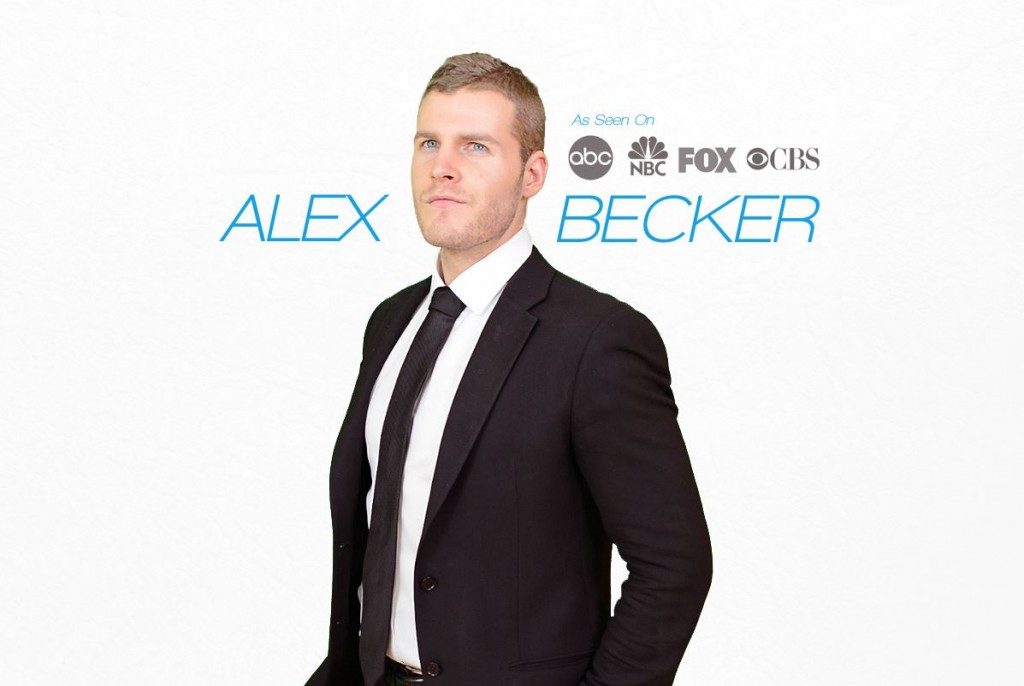It Follows: Horror Movies and Great Marketing

When you envision your ideal marketing, what does it look like?
Mine reminds me of the monster from the horror movie It Follows.
I don’t say this to creep you out. I don’t think great marketing should make you check your locks ten times every night while you slowly descend into madness.
But hear me out…
What I admired the most about the It Follows monster was its stubborn persistence.
It moved slowly. So slowly that you could hop in a car and drive far away from it. But if you stayed still for too long, it WOULD reach you eventually.
It was only a matter of time.
I won’t spoil the plot completely. Here’s the gist: a strange force starts following a teenage girl after she hooks up with her boyfriend. She’s the only one who can see it. And this force takes on different forms. Strangers, dead people, even her friends and family.
And this force is… after her. Every time she thinks she escapes for good, she looks out the window and there it is, creeping toward her.
Weird, right?
Now let’s think about this in terms of marketing.
The monster (I only call it a “monster” because I don’t know what the heck it really is) isn’t flashy. It looks like just a normal face in a crowd. But it’s the persistence — the steady, ceaseless creeping — that make it so terrifying.
It Follows marketing is consistent blogging, lead generation, and emails. It’s a long-term play. Make contact with a prospect enough times and demonstrate your value, and eventually you will “catch” them.
If you’ve read a few marketing books and blog posts, odds are that you’ve already stumbled on a strategy or two that will work for your business.
It’s the relentless execution of this strategy — refusing to get distracted by shiny new objects — that gets results. You accept the fact that you WON’T win over the vast majority of your audience the first time around. And that’s okay. You’re the It Follows monster, remember?
Keep putting your message out there, demonstrating your value and doing your best to be useful, and you’ll be amazed at how many customers you get.
Sometimes the simplest concepts are the most effective ones. It doesn’t matter if it’s in marketing or horror movies.
No fancy CGI or fake green alien blood needed.
Go here to see how I can make your marketing relentless.


